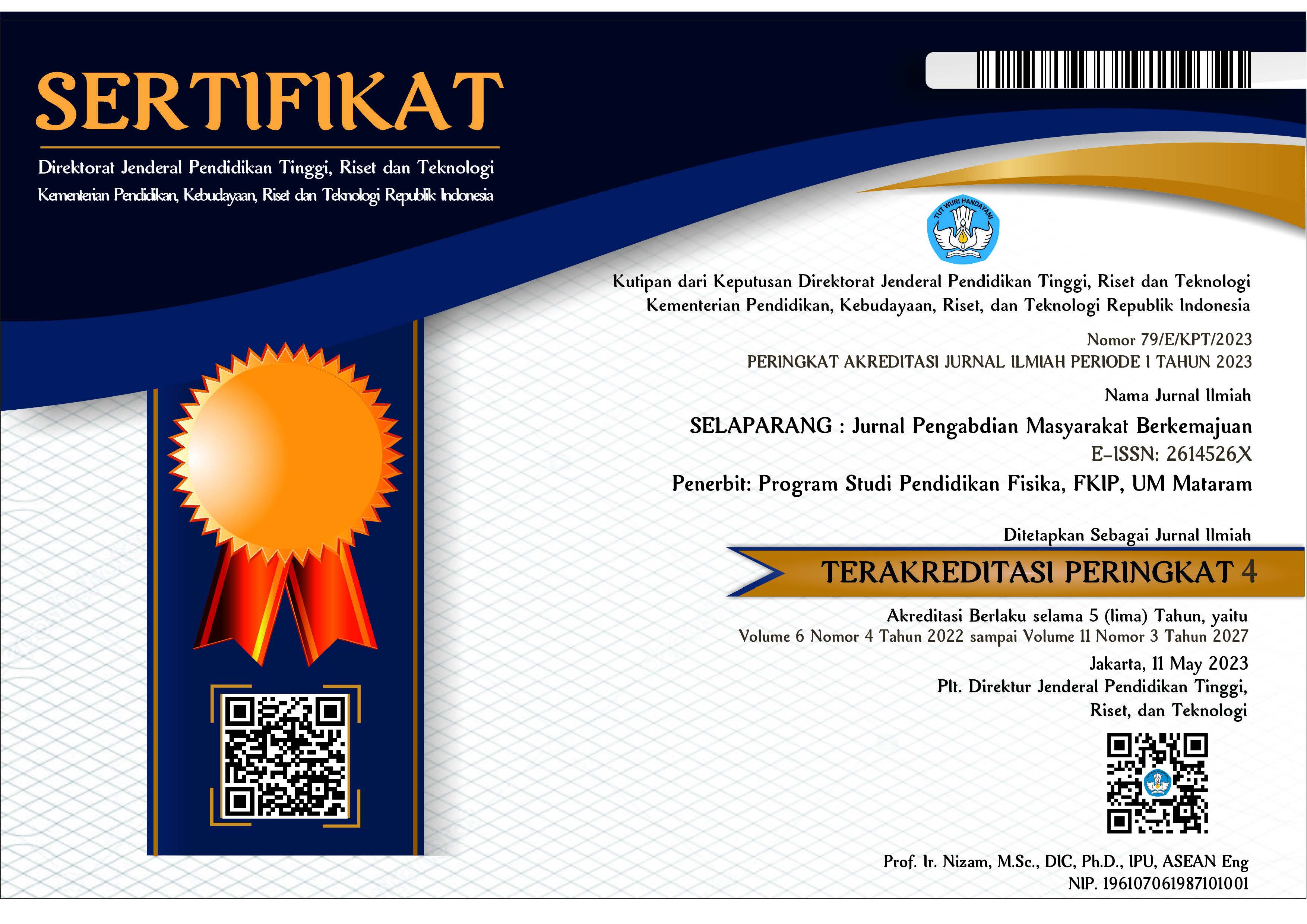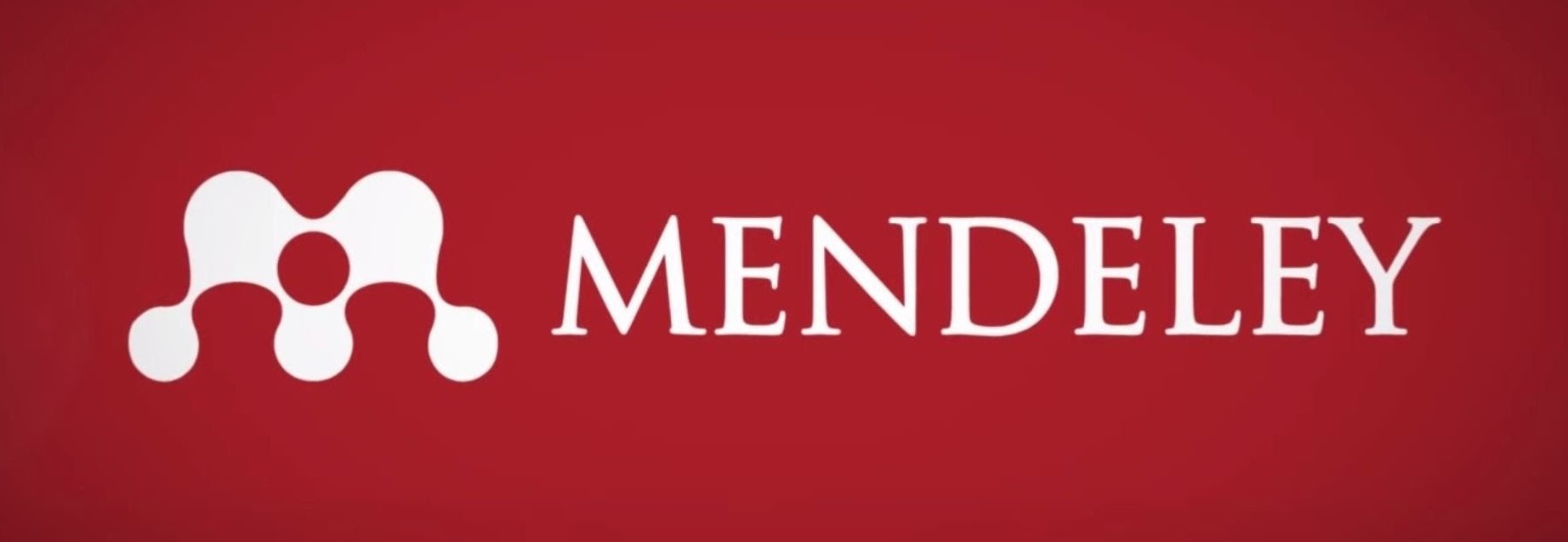Model penanganan kendala kepuasan belajar matematika tingkat SMA/sederajat
Abstract
Abstrak
Program ini bertujuan untuk mengeksplorasi kendala-kendala dan mencatat kebuntuan sehingga pertentangan (konflik) yang sama tidak akan muncul lagi untuk selanjutnya dengan menganalisis dan menyimpan alasan jalan buntu, dan menggunakannya untuk memandu keputusan doing math masa depan. Satu kendala proses pembelajaran matematika selama ini adalah karena dijalankannya latihan pra-pemrosesan atau tetapi melakukan pencarian mundur. Sementara, kendala baru disajikan dari suatu algoritma yang menemui situasi jalan buntu, atau melalui pendekatan induksi pada saat seharusnya tidak dilakukan. Kendala ini tidak membantu sewaktu strategi kendali mundur digunakan dan tidak akan pernah terulang kembali. Sebaliknya, fakta matematis yang muncul akan bertentangan dengan struktur sistem, sehingga terekam informasi dalam bentuk kendala eksplisit baru. Bahan ajar (modul pembelajaran) yang ada saat ini masih bersifat mandiri, jauh dari skema representasi masalah dan algoritma untuk memecahkannya. Peserta pengabdian adalah guru MGMP Pendidikan Matematika di Kabupaten Mempawah. Metode pelaksanaan dilakukan dalam tujuh tahap. Hasil kegiatan ini adalah guru MGMP Pendidikan Matematika di Mempawah teramati selalu berhadapan dengan kemampuan penyelesaian masalah. Ternyata, mereka masih harus dibekali agar berkemampuan: representasi, operasionalisasi, menyusun hipotesis-hipotesis alternatif dan prosedur kerja, mengetes hipotesis untuk memperoleh hasilnya, dan memeriksa kembali.
Kata kunci: kendala kepuasan; model penanganan; matematika.
Abstract
This program aims to explore obstacles and record deadlocks so that similar conflicts will not arise again in the future by analyzing and storing the reasons for deadlocks, and using them to guide future math doing decisions. One obstacle in the mathematics learning process so far is due to carrying out pre-processing exercises or doing backward searches. Meanwhile, new constraints are presented from an algorithm that reaches a deadlock situation, or through an induction approach when it should not be used. This constraint is not helpful when a reverse control strategy is used and will never be repeated. On the other hand, the mathematical facts that emerge will conflict with the structure of the system, so that information is recorded in the form of new explicit constraints. The current teaching materials (learning modules) are still independent, far from problem representation schemes and algorithms for solving them. Service participants are MGMP Mathematics Education teachers in Mempawah Regency. The method for implementing community service activities is carried out in seven stages. The result of this activity was that MGMP Mathematics Education teachers in Mempawah were observed to always be dealing with problem solving abilities. Apparently, they still have to be equipped to be able to: represent, operationalize, develop alternative hypotheses and work procedures, test hypotheses to obtain results, and check again.
Keywords: satisfaction constraints; handling model; mathematics.
Keywords
Full Text:
PDFReferences
Arifin, H. M. (1995). Agama, Ilmu dan Teknologi. Jakarta: Golden Terayon Press.
Begle, E. G. (1979). Critical Variables in Mathematics Education. VA: Reston.
Bruynooghe, M., & Pereira, L. M. (1984). Deduction Revision by Intelligent backtracking. Implementation of Prolog. Implementations of Prolog, 194–215.
Carbonell, J. G. (1983). Learning by Analogy: Formulating and Generalizing Plans from Past Experience. In Machine Learning (hal. 137–161). Springer Berlin Heidelberg. https://doi.org/10.1007/978-3-662-12405-5_5
Cox, P. T. (1984). Finding intelligent backtrack points for intelligent backtracking. In Implementation of Prolog (Ellis Harwood).
De Kleer, J., & Brown, J. S. (1983). Assumptions and ambiguities in mechanistic mental models. In D. Gentner & A. L. Stevens (Eds), Mental Models (pp. 155-190). Hillsdale. New jersey: Erlbaum.
Dechter, R., & Pearl, J. (1985). The anatomy of easy problems: a constraint-satisfaction formulation. Proceedings Ninth International Conference on Artificial Intelligence, 1066–1072. Los Angeles, California: Morgan Kaufmann Publishers Inc.
Doyle, J. (1979). A truth maintenance system. Massachusetts Institute of Technology Artificial Intelligence Laboratory, 12, 231–272.
Fikes, R. E., & Nilsson, N. J. (1971). Strips: A new approach to the application of theorem proving to problem solving. Artificial Intelligence, 2(3–4), 189–208. https://doi.org/10.1016/0004-3702(71)90010-5
Galindo, E. (1995). Visualization and students’ performance in technology-based calculus. Dalam Douglas T. Owens, Michelle K. Reed, dan Gayle M. Millsaps (Eds.). Proceedings of seventeenth annual meeting for psychology of mathematics education, 321–326. Columbus: ERIC.
Gaschnig, J. (1979). A problem similarity approach to devising heuristics: first results. In Readings in Artificial Intelligence (hal. 301–307). Elsevier. https://doi.org/10.1016/B978-0-934613-03-3.50007-6
Grouws, D. A. (Ed.). (1992). Handbook of research on mathematics teaching and learning: A project of the National Council of Teachers of Mathematics. Handbook of research on mathematics teaching and learning: A project of the National Council of Teachers of Mathematics., hal. xi, 771–xi, 771. New York, NY, England: Macmillan Publishing Co, Inc.
Haralick, R. (1980). A Spatial Data Structure For Geographic Information Systems. https://doi.org/10.1016/B978-0-12-267180-7.50009-8
Korf, R. E. (1982). A Program That Learns to Solve Rubik’s Cube. AAAI Conference on Artificial Intelligence. Diambil dari www.aaai.org
Laird, J. E., Rosenbloom, P. S., & Newell, A. (1984). Towards Chunking as a General Learning Mechanism. Proceedings of the National Conference on Artificial Intelligence. Austin: Texas.
Matwin, S., & Pietrzykowski, T. (1985). Intelligent Backtracking in Plan-Based Deduction. IEEE Transactions on Pattern Analysis and Machine Intelligence, PAMI-7(6), 682–692. https://doi.org/10.1109/TPAMI.1985.4767724
Mitchell, T. M., Utgoff, P. E., & Banerji, R. (1983). Learning by experimentation; acquiring and refining problem solving heuristics. California: Tioga publishing company.
Sitorus, E. S., Simamora, S. S., Ningratri, Y. A., Tihawa, T., & Yessa, S. M. (2023). Analisis Kepuasan Siswa Terhadap Pembelajaran di Kelas XI SMA Negeri 1 Silangkitang. Jurnal Pembelajaran Dan Matematika Sigma (JPMS), 9(1), 209–217. https://doi.org/10.36987/jpms.v9i1.4160
Thorndike, E. L. (1922). The psychology of arithmetic. The psychology of arithmetic., hal. xvi, 314–xvi, 314. New York, NY, US: MacMillan Co. https://doi.org/10.1037/11080-000
DOI: https://doi.org/10.31764/jpmb.v8i1.21524
Refbacks
- There are currently no refbacks.

This work is licensed under a Creative Commons Attribution-ShareAlike 4.0 International License.
______________________________________________________
Jurnal Selaparang
p-ISSN 2614-5251 || e-ISSN 2614-526X
EDITORIAL OFFICE:



















